#pulp fiction
Text
#william shakespeare#self h@rm#pulp fiction#humans are weird#sasunaru#frogcore#alicia silverstone#olga katysheva#hawaii#light acadamia aesthetic#persona 5#uncharted
123 notes
·
View notes
Text
#buddha#gothic art#william shakespeare#pulp fiction#sasunaru#lina posada#frogcore#thor#alicia silverstone#self care#olga katysheva#hawaii#light acadamia aesthetic#persona 5#naughty wives
123 notes
·
View notes
Text
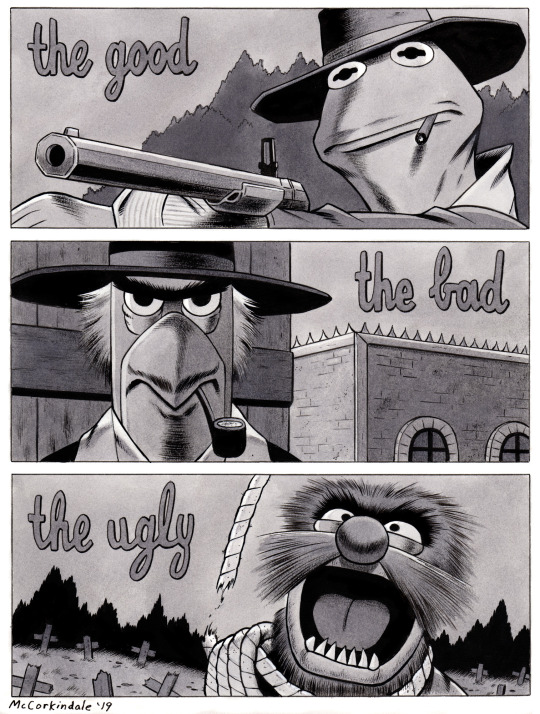
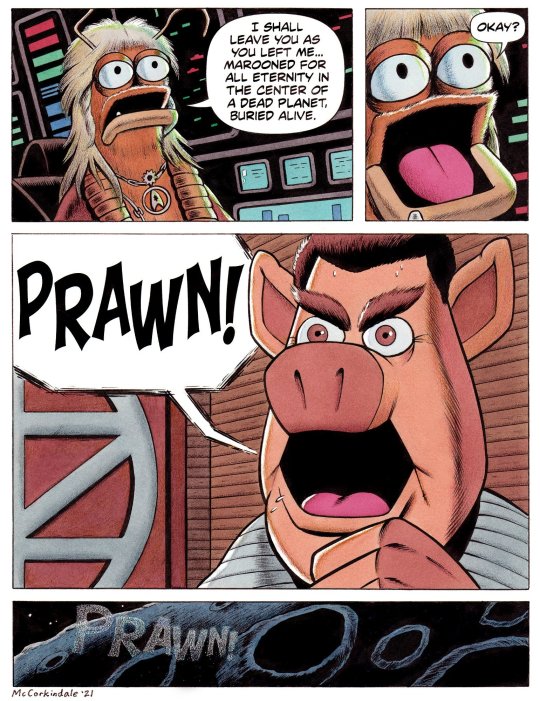


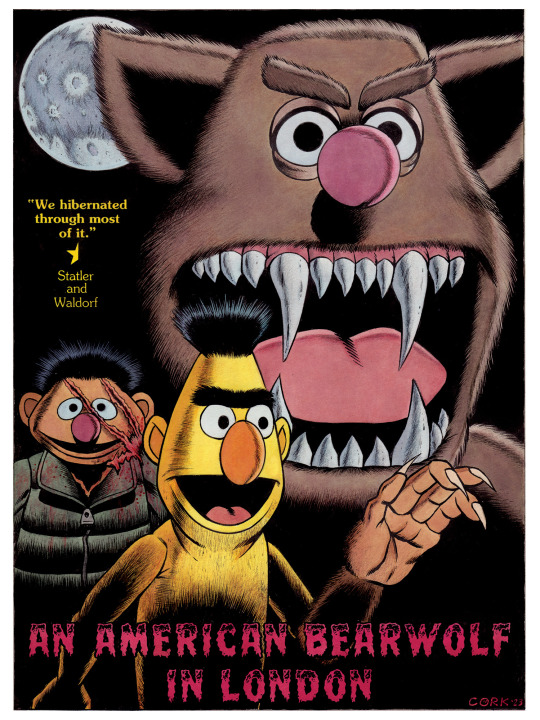
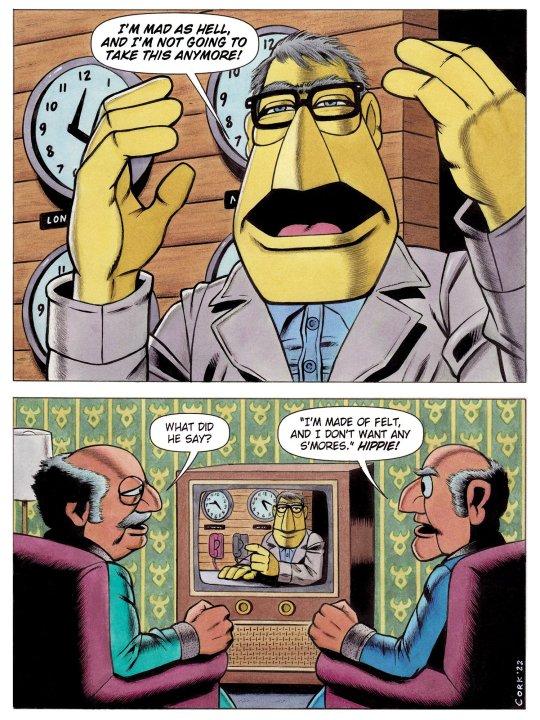




Arthouse Muppets
Art by Bruce McCorkindale
#Comics#Arthouse Muppets#Bruce McCorkindale#Film#Muppets#The Muppets#Sesame Street#Jim Henson#Art#The Good The Bad And The Ugly#Seven Samurai#Network#Ringu#The Ring#Pulp Fiction#Ocean's Eleven#Clue#Princess Bride#An American Werewolf In London#Star Trek II The Wraith Of Khan#The Wrath Of Khan#Star Trek#Humor#Humor Comics#Bert And Ernie#Statler And Waldorf
20K notes
·
View notes
Text
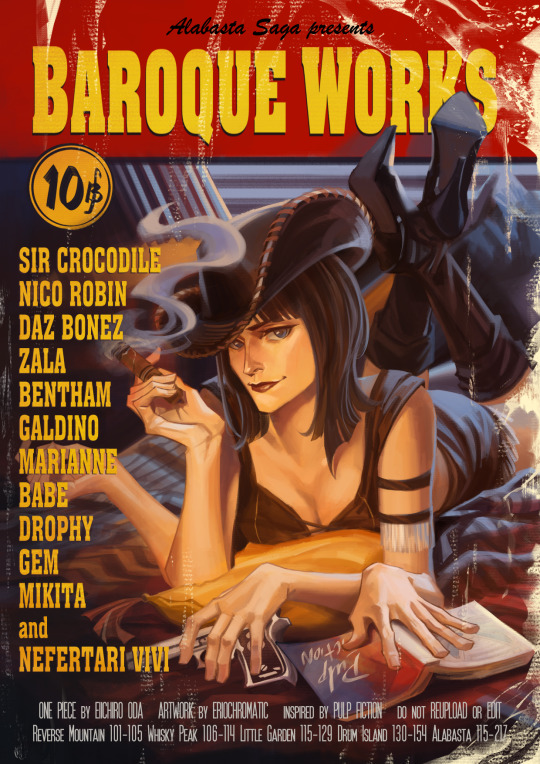
Pulp Fiction film poster study but make it Miss All Sunday
5K notes
·
View notes
Text
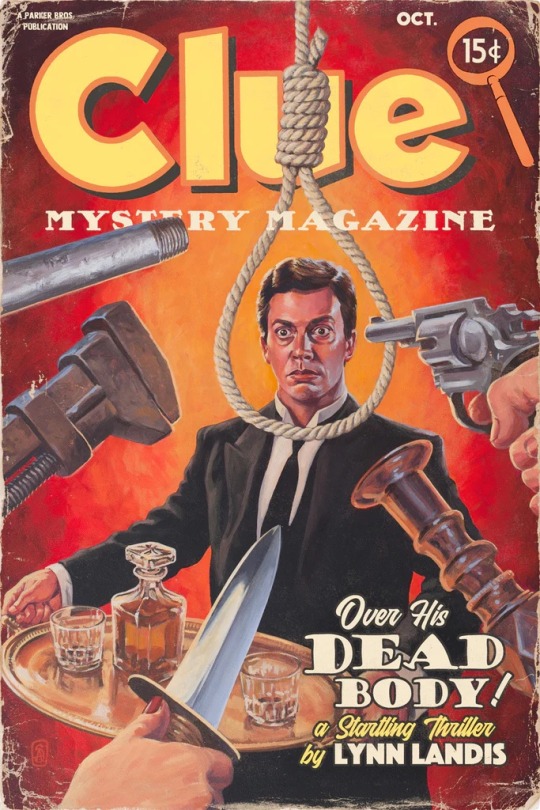
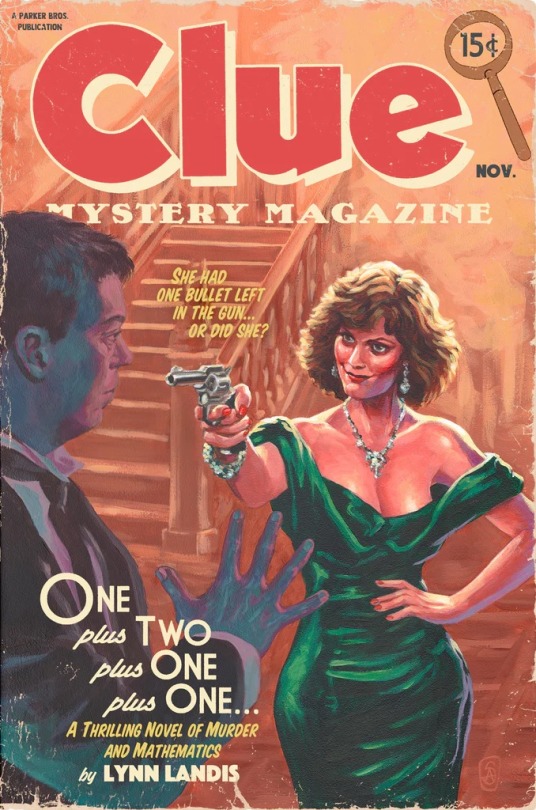
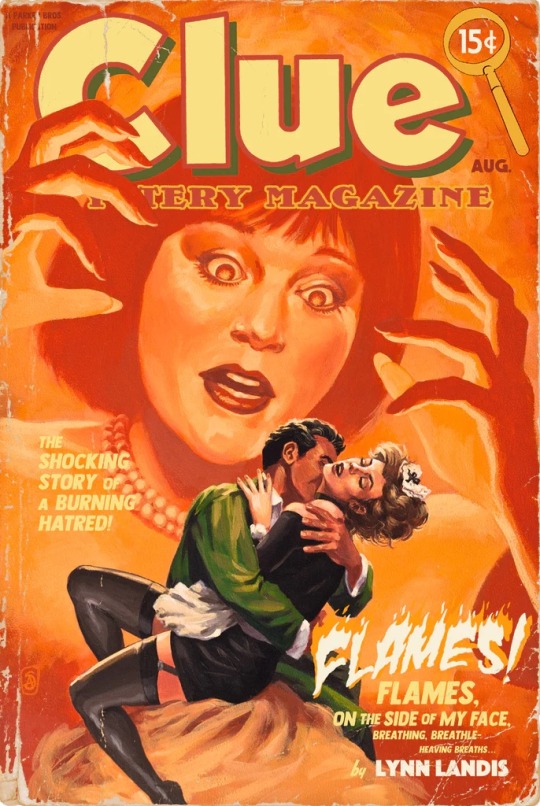
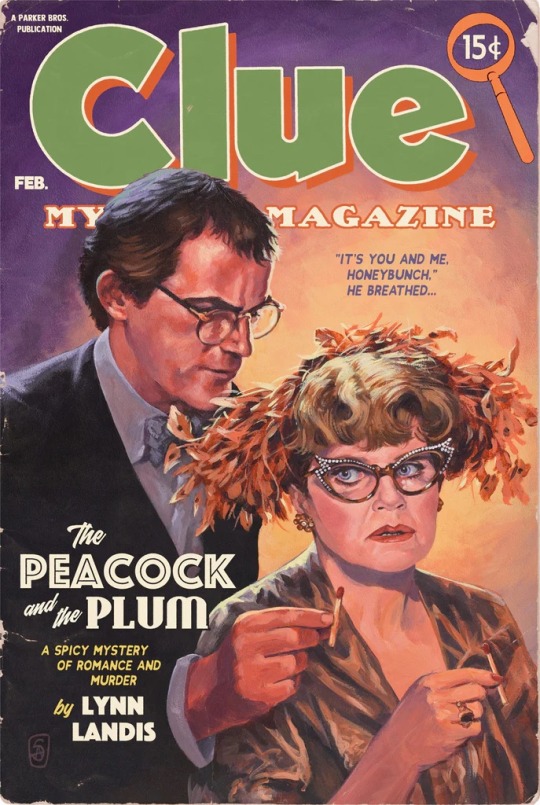
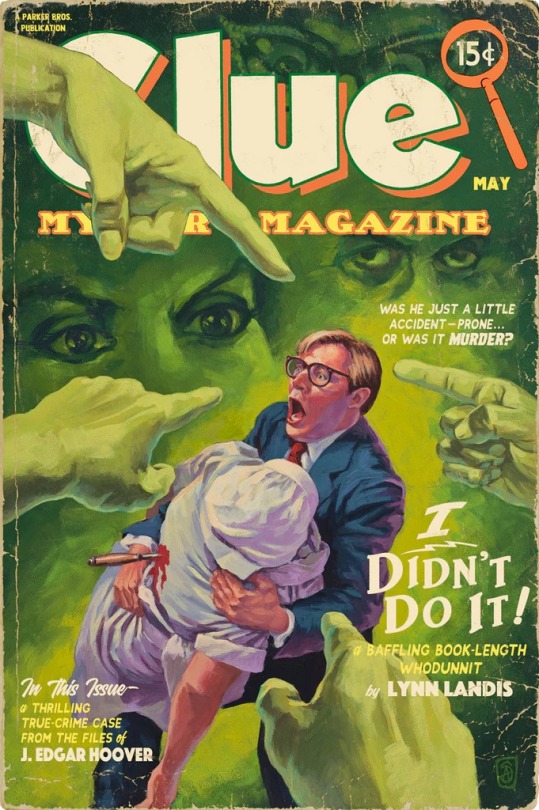
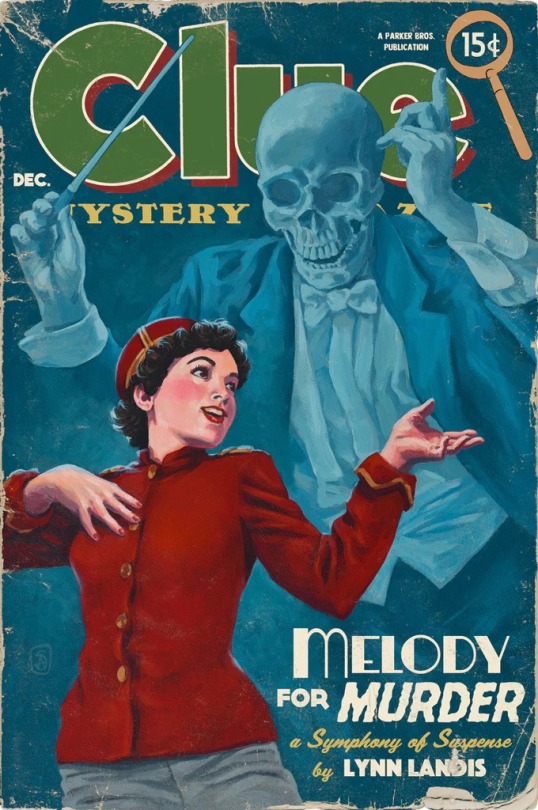
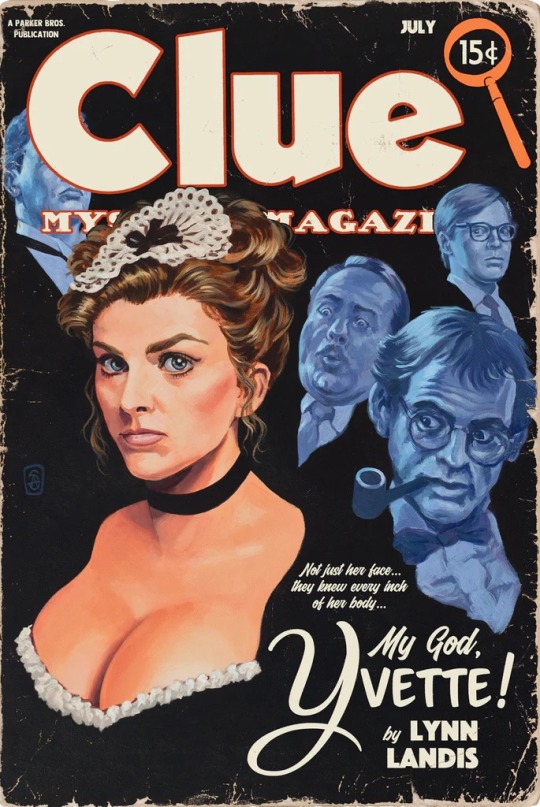
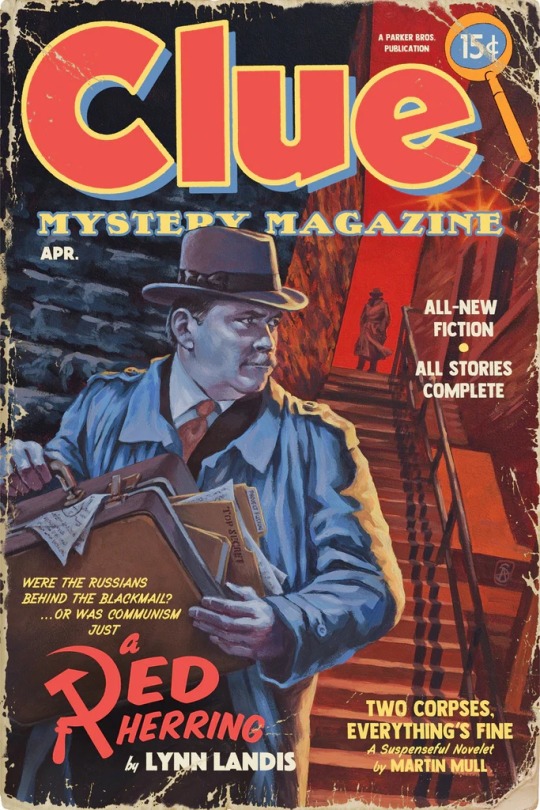
“To Make a Long Story Short”
Stephen Andrade’s wonderful pulp-style tribute to Clue (1985)
Prints and original artwork available at nineteeneightyeight.com or through @galleries1988 on Instagram :)
#art#madeline kahn#clue movie#clue 1985#illustration#lesley ann warren#eileen brennan#mrs white#tim curry#pulp cover#pulp art#pulp fiction
37K notes
·
View notes
Text
*I tried to select the films that come up the most and the highest on lists of the best films ever, both those by critics and those based on audience votes. I understand there are several others that you see a lot as well, but there are only limited options and I think I managed to select the ones you see the very most.
#the wizard of oz#citizen kane#casablanca#singin' in the rain#vertigo#12 angry men#lawrence of arabia#2001: a space odyssey#the godfather#schindler's list#the shawshank redemption#pulp fiction#my polls#my post
3K notes
·
View notes
Text




lesbian pulp fiction from the 1950s
#lesbian#lesbians#lesbian pulp fiction#pulp fiction#lesbian politics#lesbian history#queer art history#lesbian art#lesbian art history#queer history#gay history#lgbt#aesthetic#dark academia#academia#light academia#academia aesthetic#literature#wlw#feminism
10K notes
·
View notes
Text

#whoops sorry about the absence#forgot to que some posts#grunge#soft grunge#2014 grunge#grunge aesthetic#pastel grunge#grungecore#dark grunge#dark aesthetic#2014 tumblr#grungy aesthetic#pulp fiction
2K notes
·
View notes
Text

#vhs#vhs aesthetic#photo#batman returns#batman forever#pulp fiction#edward scissorhands#final destination#queen of the damned#i still know what you did last summer#bride#scream#it#bride of chucky#warner bros#batman#interview with the vampire#90s movies#90's movies#film#movies
1K notes
·
View notes
Text

24 notes
·
View notes
Text



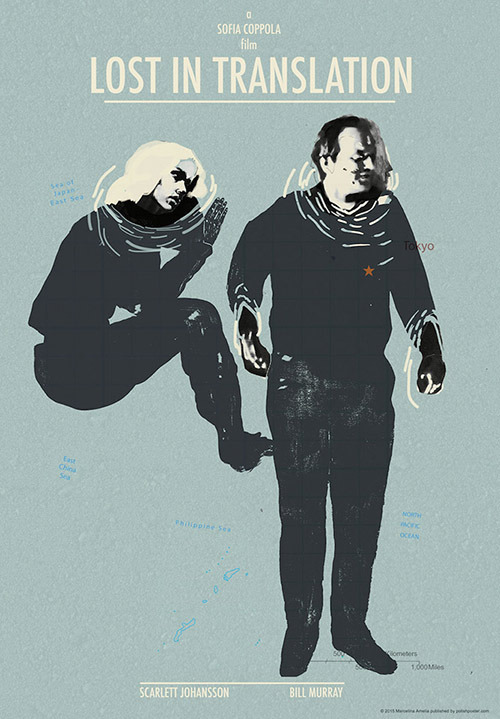
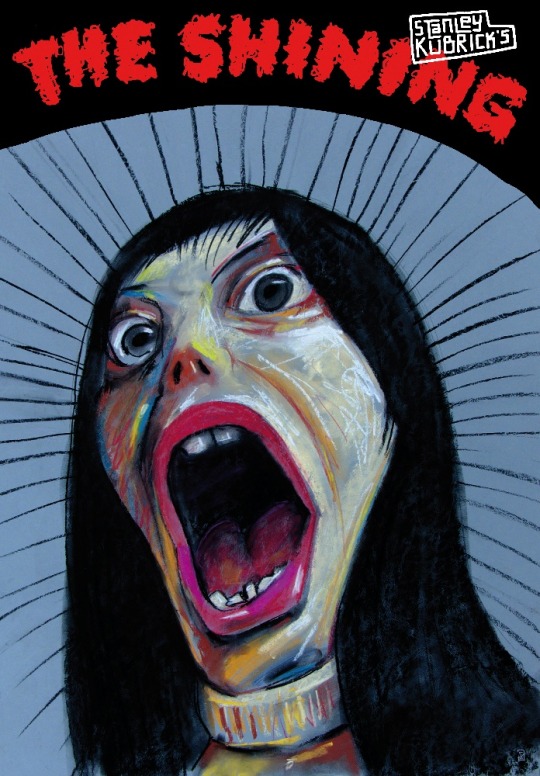
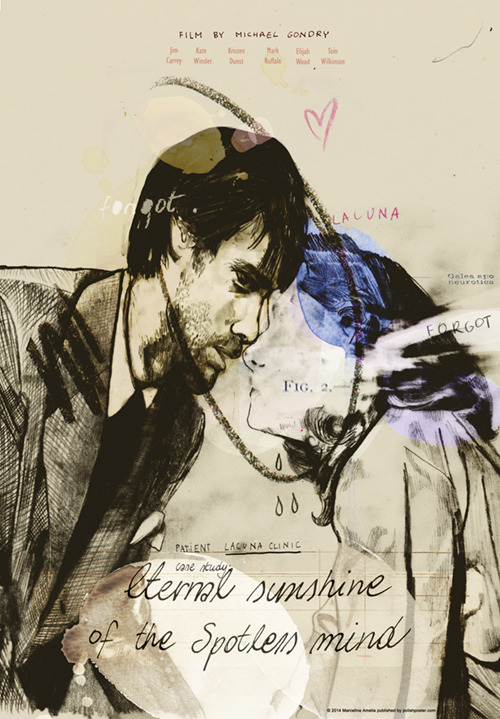
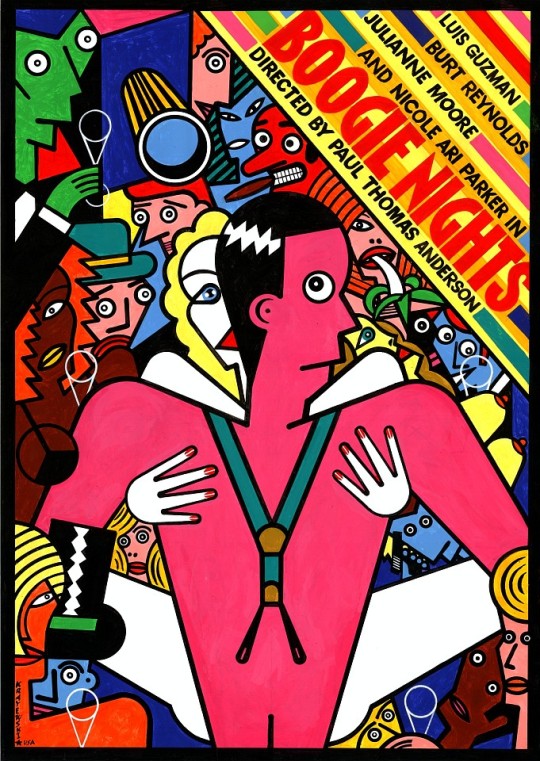



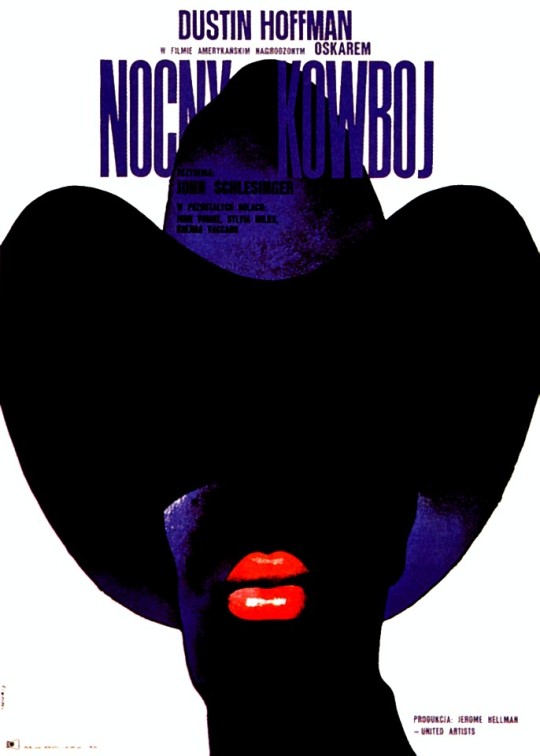

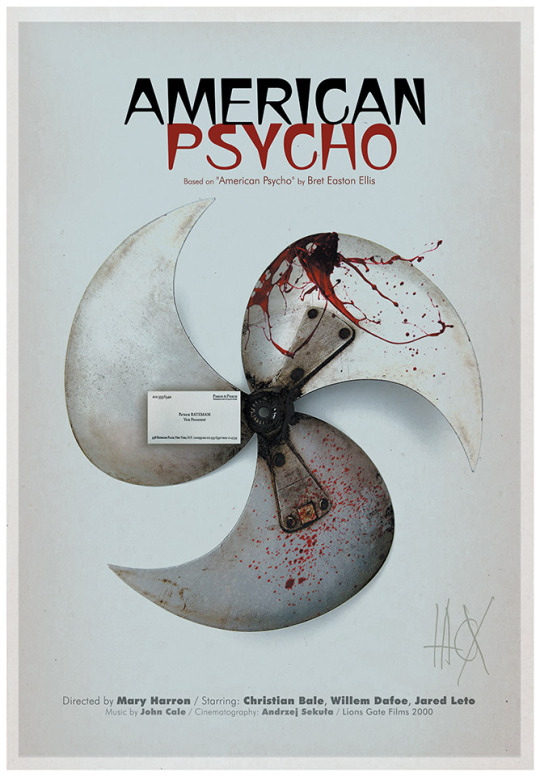



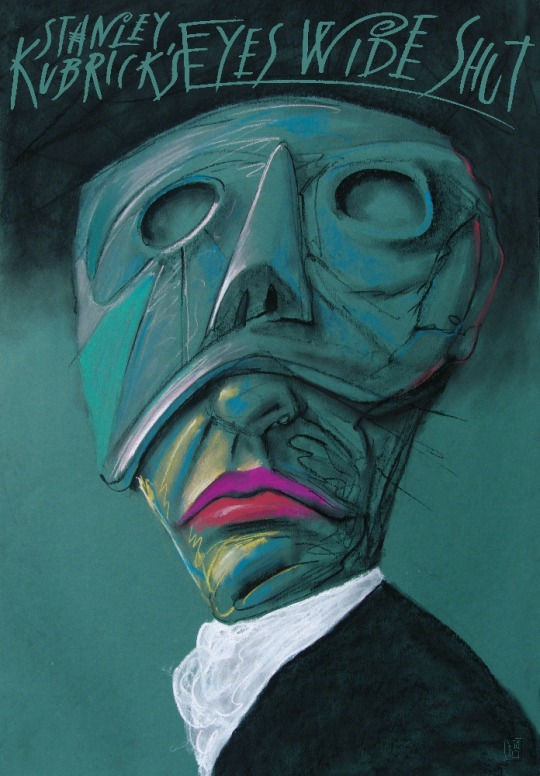
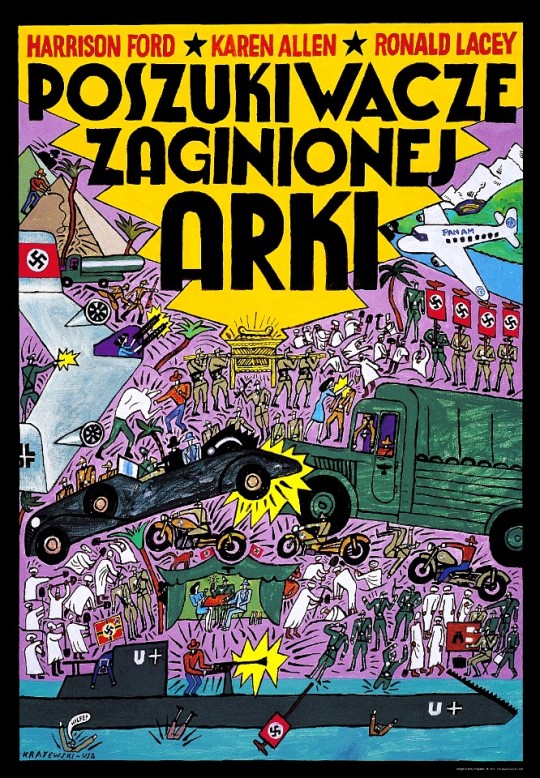


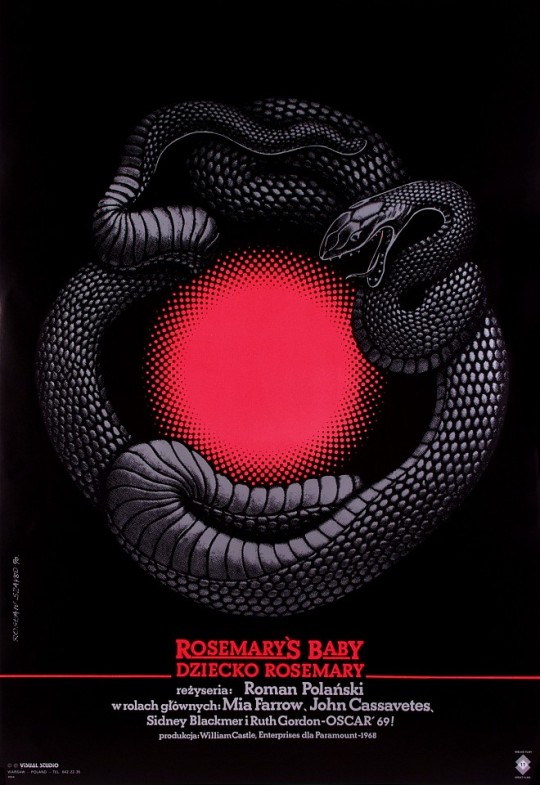
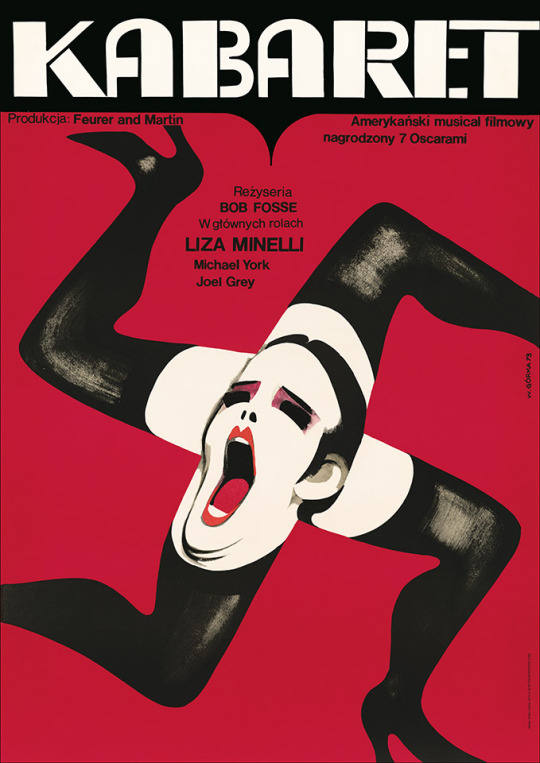





Polish Movie Posters
#2001 a space odyssey#pulp fiction#fight club#lost in translation#the shining#eternal sunshine of the spotless mind#boogie nights#jaws#taxi driver#the godfather#midnight cowboy#rocky horror picture show#american psycho#reservoir dogs#black swan#black swimsuit#the big lebowski#eyes wide shut#raiders of the lost ark#butch cassidy and the sundance kid#kill bill#rosemary's baby#caberet#mulholland drive#citizen kane#the omen#casablanca#the graduate#polish#polish art
2K notes
·
View notes
Text
The Evil Little Hairy Cave People of Europe in Pulp Fiction

From the 1900s to the 1940s, there was a trendy theme in occult and horror stories that the explanation for widespread European legends of fairies, brownies, pixies, leprechauns and other malicious little people, was that they were a hereditary racial memory of the extremely small non-human, hairy stone age original inhabitants of Europe, who still survive well into modern times in caves and barrows below the earth. Envious of being displaced on the surface, these weird creatures, adapted to the darkness of living underground and unable to withstand the sun, still mean mischief and occasionally go out at night to capture someone.... usually an attractive woman....to take to their dark caves for human sacrifice.
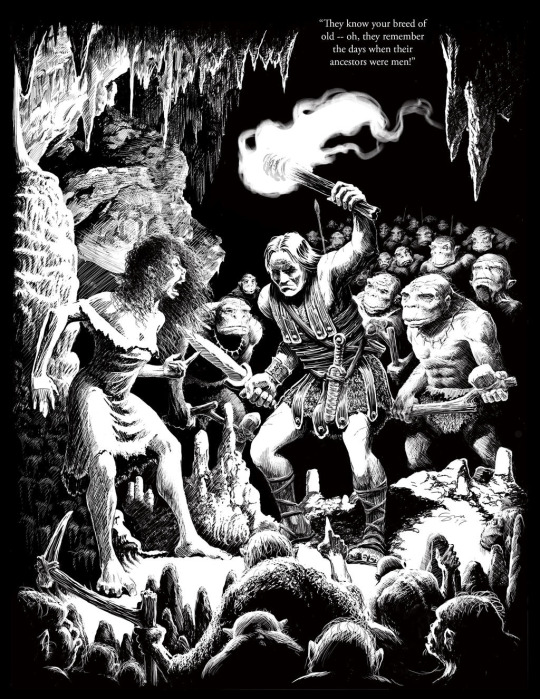
Displaced by the arrival of Indo-European language speakers at the dawn of the Bronze Age, these original, not quite human stone age people of Europe were driven deep underground into caves and barrows below the earth, where they went mad, adapted to the darkness and acquired a fear of daylight, became extremely inbred, in some cases acquired widespread albinism. It is these strange little people who gave the descendants of Europeans a haunting racial dread of places below the earth like mines and caves, and it also is these strange, hairy troglodytes who originally built the uncanny and mysterious menhir, fairy rings, and stone age structures of England, Scotland, and Ireland that predate the coming of the Celts and Romans.
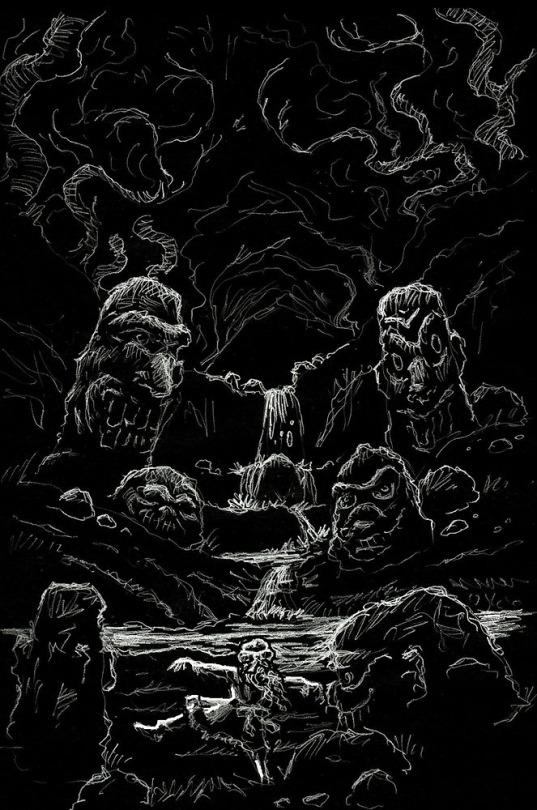
In some cases, these evil troglodytes are usually identified with the mysterious Picts, the pre-Celtic stone age inhabitants of the British Isles. In some cases, they are identified with the Basque people of Spain, best known as the inventors of Jai Alai, and the oldest people in Europe who speak a unique language unrelated to any in the world.
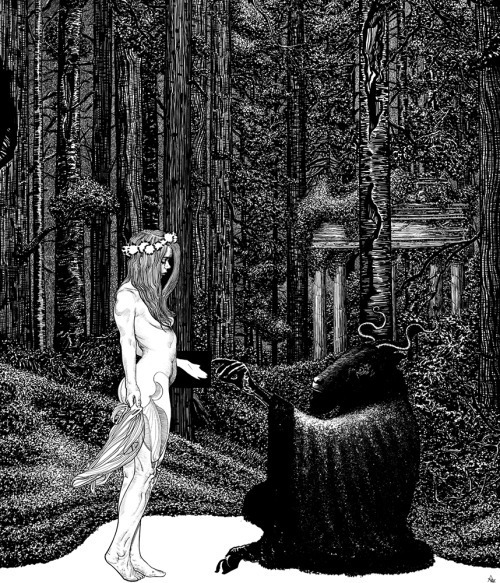
The original codifier of this trend was Arthur Machen, a horror writer who is less remembered than his contemporary, Henry James, but who may be the best horror writer in the generations between Poe on the one end and Lovecraft/CL Moore/Clark Ashton Smith on the other. His story, "the White People" from 1904 (a reference to their strange cave albinism) was a twisted Alice in Wonderland with a girl who is irresistibly attracted to dark pre-Roman stone age ruins and who is eventually pulled underground.
In addition to being a great horror writer, Arthur Machen was a member of the Hermetic Society of the Golden Dawn, an occult organization, and was often seen at the Isis-Urania Temple in London. Many of his works have secretive occult knowledge.
H.P. Lovecraft in particular always pointed out Arthur Machen as his single biggest inspiration, though he combined Machen's dread and occultism with Abraham Merritt's sense of fear of the cosmic unknown, seen in "Dwellers in the Mirage" and "People of the Pit."

Another and scarier example of this trend would be "No Man's Land," a story by John Buchan, a Scotsman fascinated by paganism and horror, who often wrote stories of horrific discoveries and evil rites on the Scottish moors. He is often reduced to being described as a "Scottish Ghost Story" writer, a painfully reductivist description as in his career, Buchan wrote a lot of thrillers, detective, and adventure stories as well. In later life, he was appointed Governor General of Canada, meaning he may be the first head of state to be a horror writer.
It was Buchan who first identified the cave creatures with the Picts, something that another Weird Tales writer decades later, Robert E. Howard, would roll with in the 1920s.

Howard is a very identifiable kind of modern person you often see on the internet: a guy who talks tough, but who was terrified to leave his small town. He created manly man, tough guy heroes like Conan the Barbarian, Kull, and El Borak, but he himself never left his mother's house. It's no wonder he got along well with his fellow Weird Tales writer and weird shut in, HP Lovecraft. With 1920s Weird Tales writers, despite your admiration for their incredible talent, you also can't help but laugh at them a little, a feeling you also apply to a lot of Victorians, who achieved incredible things, but who are often closet cases and cranks who died virgins ("Chinese" Gordon comes to mind, as does Immelmann).
With Howard, his obsession with the Picts and the stone age cave dwelling people of Europe started with an unpublished manuscript where at a dinner party, a man gets knocked out and regresses to his past life in the Bronze Age, where he remembers the earliest contact between modern humans and the original inhabitants of the British Isles, the evil darkskinned Picts. This is a mix of both the "little cave people" story and another cliche at the time, "the stone age past life regression novel," another turn of the century cliche.
Still with the Picts on his mind, Howard would later create Bran Mak Morn, a Pict chieftain, who predated Kull and Conan as his Celtic caveman muscle hero. Howard was of Irish descent and proudly anti-Colonial and anti-British, with his Roman Empire and Civilized Kingdoms as a stand in for the British and other Empires, which he viewed as rapacious and humbug, a view shared by his greatest inspiration, Talbot Mundy. His "Worms of the Earth" gets to the heart of why these little cave people scare us so much: they remind us that we live on land that is impossibly ancient and we don't fully understand at all.
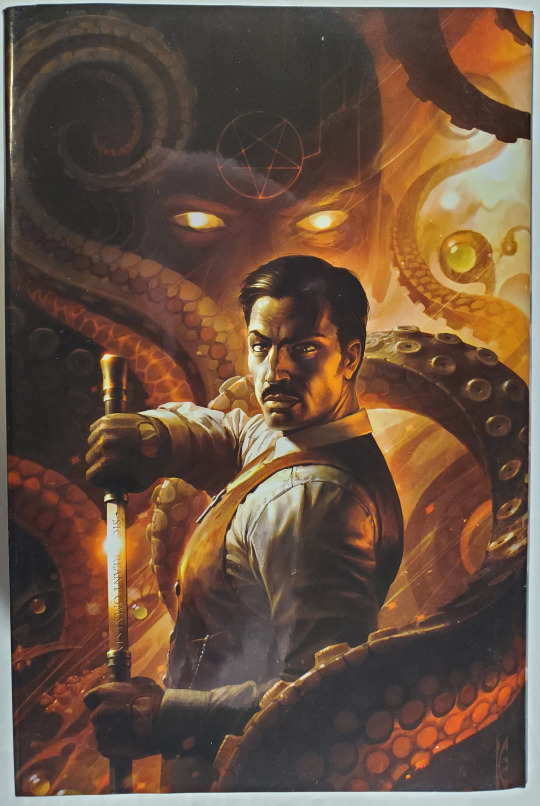
It was another Weird Tales Writer a decade later who wrote one of the last stories about the little hairy cave people of Europe, though, Manly Wade Wellman in 1942. Wellman was mainly known for creating the blond beefcake caveman hero Hok the Mighty set in stone age times, and for his supernatural ghost stories of Silver John the Balladeer set in modern, ghostly Appalachia (like many ex-Weird Tales writers, he made a turn to being a regional author in his later career, in the same way Hugh B. Cave became a Caribbean writer), but Wellman also had a regular character known as John Thunstone, a muscular and wealthy playboy known for his moustache who used his great wealth to investigate the supernatural and the occult. Thunstone had a silver sword made by St. Dunstan, patron of Silversmiths, well known for his confrontations with the Devil.
Most John Thunstone stories featured familiar stories, like a demon possessed seance and so on, but one in particular featured a unique enemy, the Shonokins.
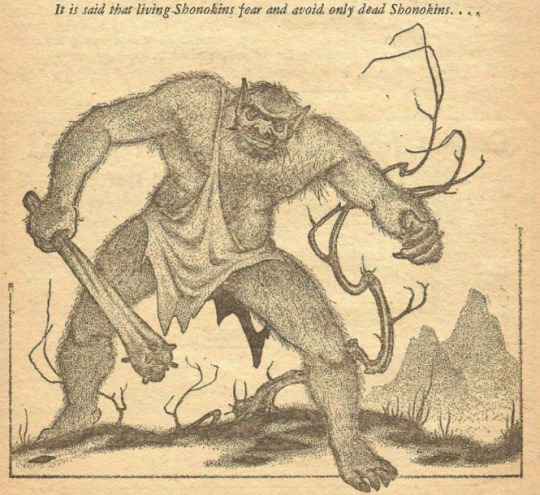
The Shonokins were the original rulers of North America, descendants of Neanderthal man displaced by American Indians. This fear that the land we live is ancient and unknowable and we just arrived on it and don't know any of its secrets is common to settler societies, who often hold the landscape with dread, as in Patricia Wrightson's fantasies of the Australian Outback. It was easy enough to transport the hairy cave people from the Scottish Moors to North America. I suspect that's what they are, a personification of a fear shared in the middle class, that in the back of their minds, that everything they have supposedly earned is merely an accident of history, built by rapacity and the crimes of history, and that someday a bill will come due.
A text page in the May 1942 issue of Weird Tales gives strange additional information on the Shonokins not found elsewhere:
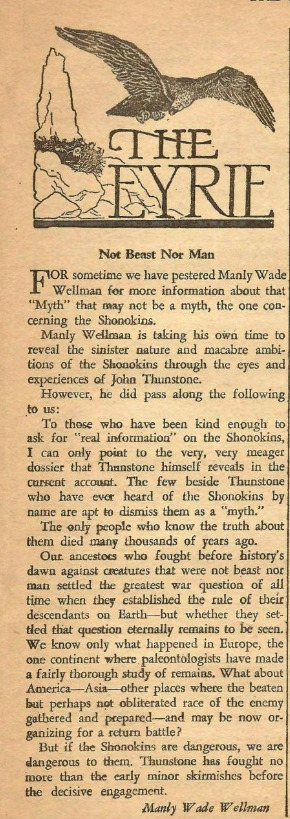
Since then, there have been too many examples of evil cave people who predate Europeans. Philip Jose Farmer's "The All White Elf" features the last survivor of a pre-European people who live in caves. A lot of other fiction of course has featured the Picts, but according to our modern scientific understanding, which describes them as much, much less exotically, as a blue tattooed people not too different and practically indistinguishable from the Celtic tribes that surrounded them, and which they eventually blended into.
413 notes
·
View notes
Text

707 notes
·
View notes
Photo
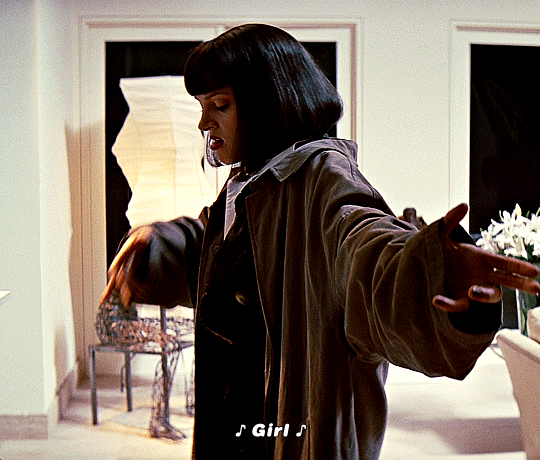
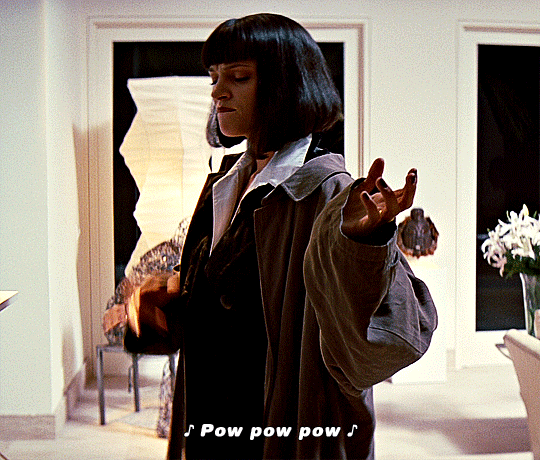

PULP FICTION
1994, dir. Quentin Tarantino
#moviegifs#junkfooddaily#chewieblog#tuserdana#usersugar#userbbelcher#mikaeled#zanisummers#filmedit#pulp fiction#gifs#ours#vicky
3K notes
·
View notes
Text
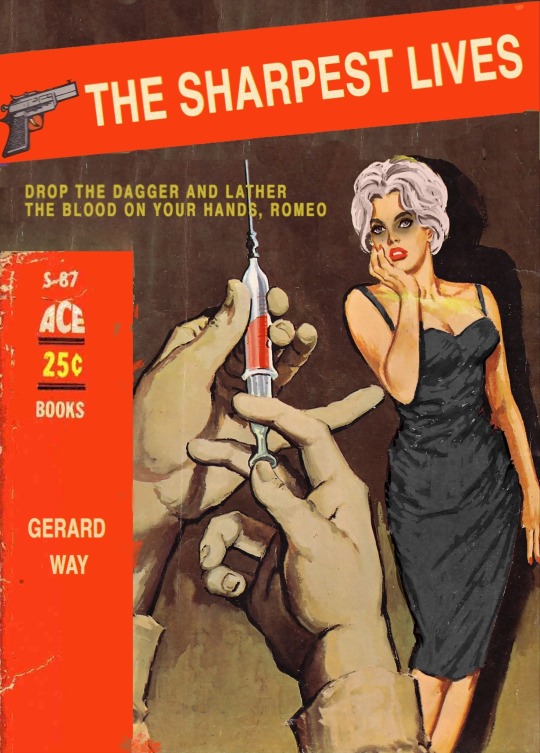
Juliet loves the beat
#you thought I was done with pulp covers I am not#the sharpest lives#the black parade#mcr#gerard way#my chemical romance#my art#my chem#digital art#mcr art#illustation#design#pulp fiction#pulp art#horror#horror novels#pulp horror#vintage books#vintage covers
940 notes
·
View notes
